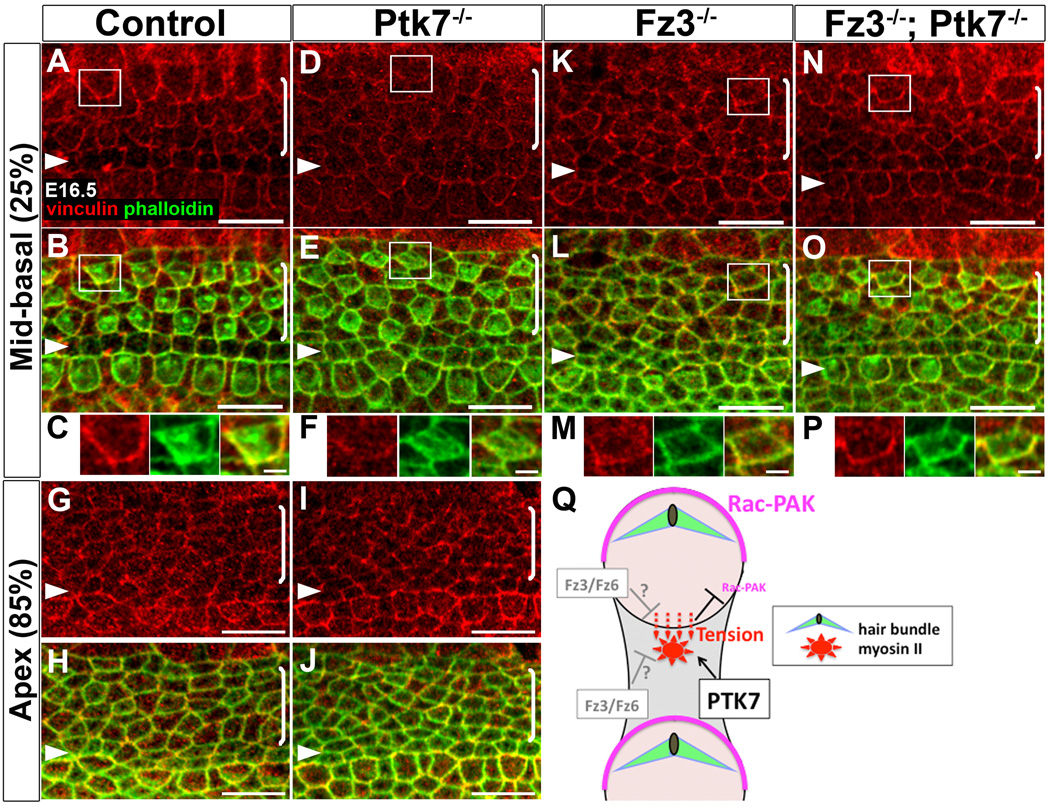Figure 7. Planar asymmetry of junctional vinculin is abolished in Ptk7−/− OC and restored in Fz3−/−; Ptk7−/− OC.
(A–P) Confocal images of vinculin (red) and phalloidin (green) staining at E16.5. (A–C) In the mid-basal region (25% cochlear length) of control OC, vinculin was asymmetrically localized along cell-cell junctions and enriched on the medial side of hair cell membranes. (D–F) In the mid-basal region of Ptk7−/− OC, junctional vinculin localization lost planar asymmetry and was greatly reduced compared to controls. (G–J) In the apex (85% cochlear length), junctional vinculin staining in the control (G, H) and Ptk7−/− OC (I, J) was similar, with no apparent planar asymmetry. (K–M) In the mid-basal region of Fz3−/− OC, junctional vinculin staining was similar to controls but its planar asymmetry was less robust. (N–P) In the mid-basal region of the Fz3−/−; Ptk7−/− OC, planar asymmetry of junctional vinculin was restored. (C, F, M, P) High magnification of the boxed hair cell above. Lateral is up in all micrographs. Scale bars, C,F, M, P, 2 µm; other panels, 10 μm. (Q) A proposed model for regulation of hair cell PCP by Ptk7. Acting in supporting cells (shaded grey), Ptk7 mediates the assembly of a contractile apical myosin II network to exert pulling forces on the medial border of hair cells, leading to enhanced contractile tension as evidenced by increased vinculin recruitment. In turn, polarized contractile tension promotes asymmetric Rac-PAK activity on the lateral side of hair cell cortex (shown in magenta) to orient the stereociliary bundle. Fz3/Fz6 may act in hair cells and/or supporting cells to counterbalance Ptk7-mediated contractile tension on hair cells. (See also Figure S4).

